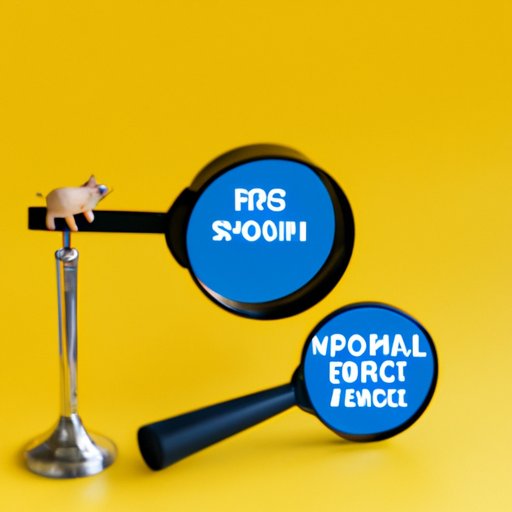Understanding Short Term Disability: Everything you need to know
When it comes to protecting your income, short term disability is an important option to consider. Accidents, illnesses, and medical emergencies can happen to anyone at any time, making it crucial to have adequate financial protection in place. In this article, we will provide a comprehensive guide to short term disability, covering everything you need to know about this type of coverage.
An overview of Short Term Disability: Everything you need to know
Short term disability is a type of insurance that provides income replacement to individuals who are unable to work due to an illness or injury. The benefits of short term disability typically last for a period of several weeks to several months, depending on the policy and the nature of the disability.
It is important to note that short term disability is distinct from long term disability insurance. Long term disability insurance provides coverage for individuals who are unable to work for a longer period of time, typically more than six months to a year.
Short term disability insurance can be offered by an employer as part of a benefits package or can be purchased privately by an individual. The coverage typically provides a percentage of the individual’s income while they are unable to work, which can range from 60% to 80% of their regular salary.
There are a variety of reasons why someone might need to file a short term disability claim. Some of the most common reasons include pregnancy and childbirth, recovery from an illness or injury, and surgery.

Understanding Short Term Disability: How it works and who qualifies
While the specifics of short term disability insurance can vary depending on the policy and the provider, there are some general eligibility requirements that most policies share. In order to qualify for short term disability benefits, the individual must have a qualifying medical condition that prevents them from working.
The individual may need to provide medical documentation of their condition, including diagnosis and treatment plans, in order to file a claim for short term disability benefits. In some cases, the individual may also need to provide documentation from their employer verifying their employment status.
Once the individual has met the eligibility requirements and filed a claim for benefits, there is typically a waiting period before the benefits begin. This waiting period can vary depending on the policy, but is typically around a week or two.
Once the waiting period is over, the individual will begin receiving benefits from their short term disability policy. The amount of the benefit will typically depend on the policy and the individual’s salary. The length of time that an individual can receive short term disability benefits will also depend on the policy and the nature of the medical condition.
Preparing for the unexpected: A guide to short term disability insurance
While short term disability insurance can be an important source of financial protection, it is important to choose the right policy to meet your individual needs. When selecting a short term disability policy, there are several factors to consider.
One important factor to consider is the waiting period before benefits begin. Some policies may have longer waiting periods than others, which can impact how quickly you begin receiving benefits.
It is also important to consider the length of the benefit period and how much coverage you will receive. Some policies may offer a higher percentage of your salary than others, which can impact your financial stability while you are unable to work.
Finally, it is important to consider whether the policy offers any additional benefits, such as coverage for rehabilitation or workplace accommodations.
The benefits of short term disability: Protecting your income and financial stability
Short term disability insurance provides important financial support to individuals who are unable to work due to an illness or injury. This coverage can help individuals maintain their financial stability and protect their income during periods of medical leave.
Short term disability can also provide peace of mind to individuals who may be at increased risk of illness or injury due to their job or personal circumstances.
Finally, short term disability insurance can provide additional support to individuals who are facing medical emergencies. This coverage can help offset some of the costs associated with medical care and treatment, providing additional financial assistance when it is needed the most.
Managing medical emergencies with short term disability: A comprehensive guide
Short term disability can be an important source of financial support for individuals who are facing medical emergencies. Whether you are recovering from an injury or dealing with a long-term medical condition, short term disability can provide valuable financial assistance.
If you are facing a medical emergency, it is important to notify your employer and file a claim for short term disability benefits as soon as possible. You may need to provide medical documentation of your condition, including diagnoses and treatment plans, in order to qualify for benefits.
During your medical leave, it is important to follow any treatment plans or rehabilitation programs prescribed by your healthcare provider. This can help improve your chances of a full and swift recovery, as well as increasing the likelihood of a successful return to work.
Conclusion
Short term disability can be a valuable source of financial protection for individuals who are facing medical emergencies or illnesses. By understanding the basics of short term disability insurance and taking steps to select the right policy for your needs, you can help protect your income and financial stability while you recover.
If you are considering short term disability coverage, it is important to seek additional information and guidance from an insurance professional or other trusted advisor. By taking a proactive approach to financial protection, you can ensure that you are prepared for unexpected medical events and able to maintain your financial security during periods of medical leave.
